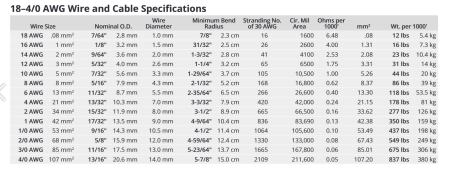DPC
Solar Enthusiast
I will let you know if I can get one with the right charge controller or if I have to make oneSince you are so convinced, why not buy one, and connect it to a $3000 LiFePO4 bank, and report back in 6 months or a year and let us know how it went? I value experience.
I'm not familiar with that engine. But 5000W is less than 7Hp, so not a very large engine is needed. 223cc should be good for about 10hp. So that spec is not alarming to me.
You need roughly 2 hp per 1000 watts for reliable operation
A GX200 Honda is rated at 6.5hp peak 1 hour in a 24 hour cycle continues and 5.5 for regular service a 223 is bore and stroked Honda small block heat is an issue.
If you speed them up say 4000 rpm you can get more power out of them, but the rods are short and the side loading is hell on the skirts.
Stock your hard pressed to say what it puts out but I doubt 10 Hp
Just because something like a Champion says its 3500 watts/4000 surge and the engine is a 196 cc clone does not mean it can do that for very long.
A more realistic number is about 3000 after its well broken in loose and still seals yup well.... and there is plenty of fresh cool air around it.
I feel like we have had this conversation before?
Are you a retired school teacher by chance?




